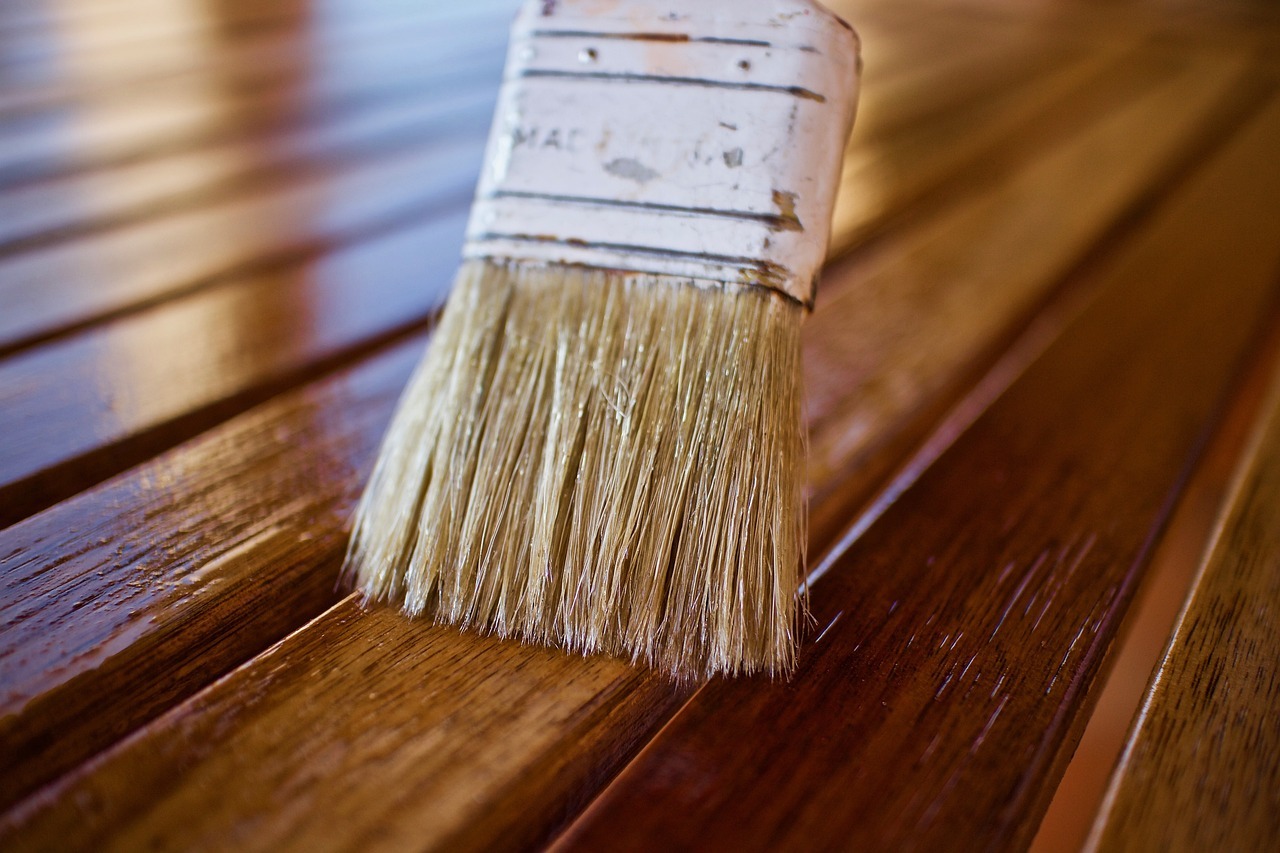The biggest misconception about wood oil is that it is a type of varnish. Wood oil and varnish are two different products. Oil is a natural element extracted from a variety of sources, like soya or linseed. Varnish, however, is a synthetic manufactured through the mixing of oil and resins like polyurethane. The rate of oil absorption of wood is high, while the effect of varnish is a buildup forming a layer that looks like plastic. Oil is one of the valuable wood finishes due to its properties. Its outcomes are far much durable and outstanding as compared to that of similar products in the market. Since it is natural, wood does not suffer from any impacts, and its integrity somewhat improves.
The range of wood oils varies depending on their use and composition. The first and most common type is Tung oil. It has a long-lasting effect hence legendary results once applied. However, its utilization requires a unique method called wet on wet burnishing. Between every 2 to 5 coats, there is a need for sanding, then allowing for sufficient time to dry. The process can take up to one week until completion. The other types include Danish and Teak oil. The two have similar characteristics; hence they fall into one category. Application is only practical if you ensure you use thin coats every time. Otherwise, the oil will not sink in the wood as expected. Sanding is also necessary here, and after three layers, the process starts yielding results. Linseed oil is the last type, and it comes in two variations, boiled or standard. Boiled linseed oil is useful as it takes a maximum of one day to dry up. The standard version will last up to three days, and only then can you put the wood surface to use. Either way, both variations are not ideal for outdoor wood. The list of wood oils is endless, but the above mentioned are the most commonly used.
The choice of wood oil depends on the kind of wood you have for your deck, furniture, or any other relevant item. Danish oil has proven to be durable for interior wood. It gives a more lustrous look that prevents wood from cracking or attracting stains. Teak oil, on the other hand, is suitable for outdoor locations. Nevertheless, people tend to employ other household oils like olive or vegetable oil on wood. Although they are reasonable, experts recommend that you only use wood dedicated oils for better results.
All types of wood oils are beneficial only if you use the correct application procedure. If you want to stain and oil wood at the same time, better opt for water-based stainers. Applying oil stainers ends up blocking the pores hence poor absorption. Furthermore, applications must only take place in woods that have not undergone sealing. Upon completion, whether using a brush or rag ensure you leave it in the air to dry. Keeping it in an enclosed area can lead to heat generation, which further translates to catching fire. Take the necessary precautions when dealing with wood oil to prevent such damages.

